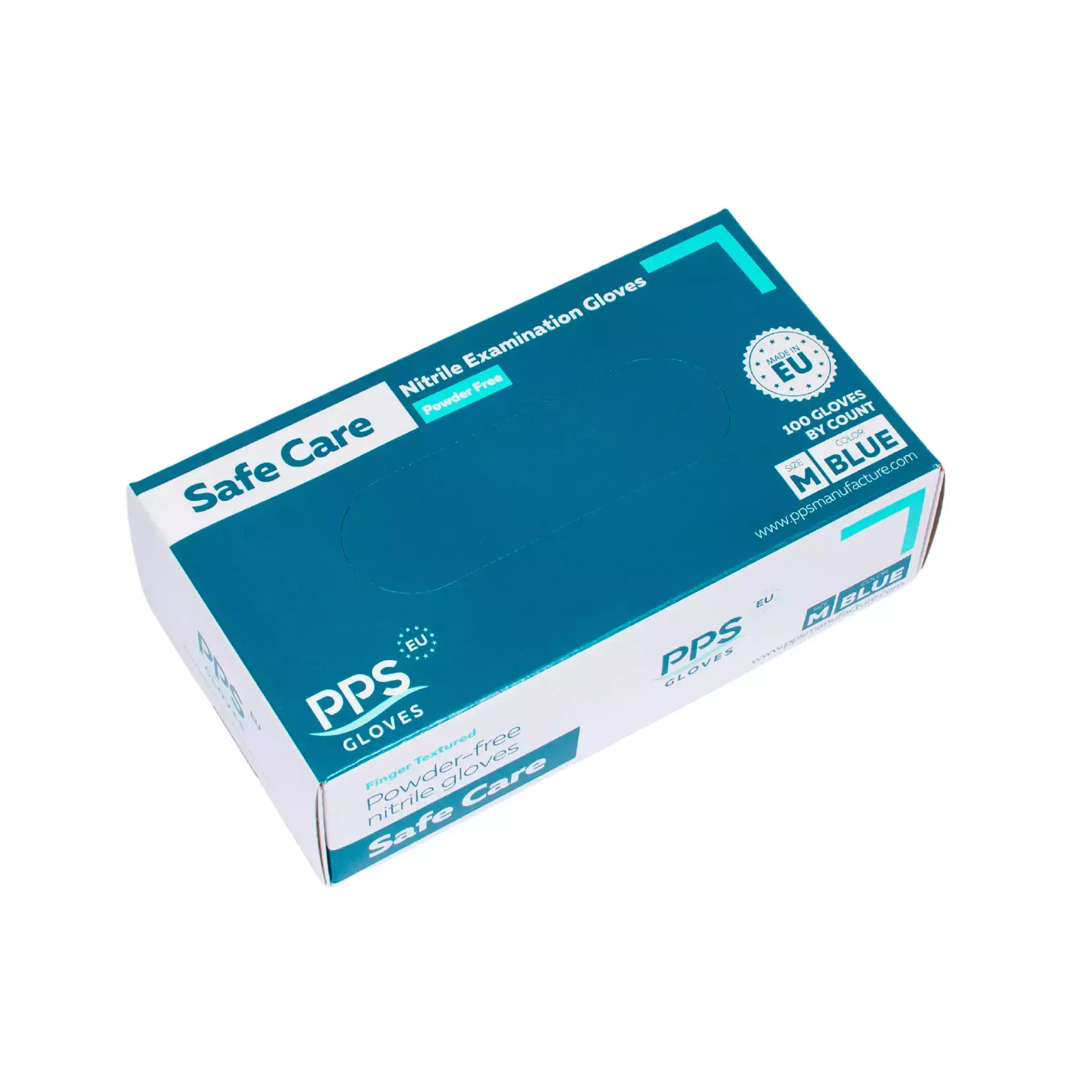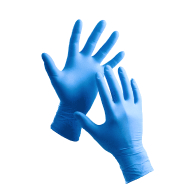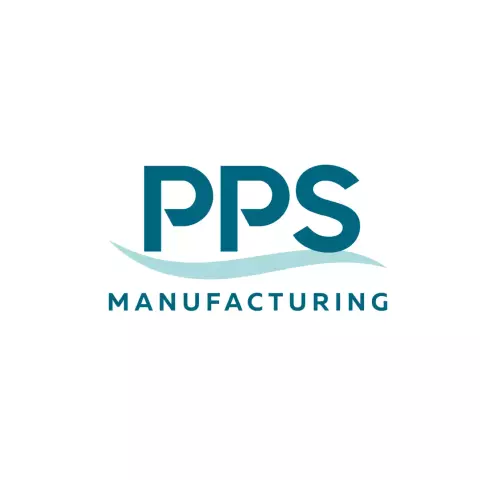Safe Care Nitrile Gloves
4.8 / 5

Product description
High quality and accelerator-free Safe Care nitrile gloves in bulk boxes. Made in Europe, Bulgaria. The only nitrile glove made in Europe.
Glove weight 3.5g.
Additional country specific certifications: ASTM D6319, ASTM D7319
Indicates whether gloves contain powder on the interior surface to aid donning, affecting ease of use and contamination control requirements.
The design of the wrist opening, affecting ease of putting gloves on, comfort, and how securely they stay in place during use.
Specifies customization options available for the gloves, such as adding logos, custom sizing, or special modifications to meet specific requirements.
Measures the material thickness at the palm area, affecting protection level and tactile sensitivity during use.
Total mass of the glove package, useful for shipping calculations, storage planning, and comparing product quantities across different brands.
Indicates how long gloves maintain their protective properties and quality when stored properly, typically measured in years from manufacture date.
Indicates the maximum percentage of defective gloves acceptable in quality testing, with lower numbers representing higher quality standards.
Measures how far the glove extends up the wrist and forearm, determining the level of coverage and protection provided during use.
Describes the surface texture of the fingertip area, affecting grip strength and tactile sensitivity during use.
The base substance used to manufacture the glove, affecting chemical resistance, durability, flexibility, and compatibility with specific applications.
The visual appearance of the glove material, ranging from basic colors to specialized options for different professional and aesthetic preferences.
The texture of the glove exterior, affecting grip strength and handling capability for different tasks and working conditions.
Easily wear on either hand, ensuring quick protection and less waste.
Gentle on sensitive skin, these gloves are free from common chemical accelerators, reducing irritation for comfortable, worry-free wear.
Provides comfortable, standard wrist-level protection for easy wear and removal during daily tasks.
Your go-to gloves for diverse tasks, offering reliable protection and convenience across many applications.
Provides comfort and peace of mind, free from natural rubber latex to protect sensitive skin.
About Disposable Nitrile Gloves
Disposable Nitrile Gloves provide latex-free hand protection with superior chemical and puncture resistance. These single-use gloves offer excellent tactile sensitivity and a secure fit, making them ideal for healthcare, food service, cleaning, and industrial applications where hygiene and safety are essential.
- Medical Protection
- Chemical Resistance
- Food Service
- Antimicrobial Protection
- Hand Protection
Standards and labels
Gloves with the EN 374-2:2014 rating are tested for their resistance to penetration, ensuring liquids and microorganisms do not leak through tiny holes or imperfections. This means the gloves provide an effective barrier, protecting your hands from direct contact with hazardous chemicals and microbes.
Test results
This product has passed a leak test to ensure it is a waterproof and effective barrier against liquids, bacteria, and fungi. This protects your hands from contact with harmful microorganisms in various work environments.
Protective clothing, gloves, and footwear materials with the EN 16523-1:2015+A1:2018 rating are tested for resistance to permeation by hazardous liquid chemicals. This means the material provides a measured level of protection against chemicals passing through it, helping you choose safety gear that resists liquid chemical exposure.
Test results
This product’s material is tested for resistance against breakthrough from potentially hazardous liquid chemicals. It measures the time it takes for a chemical to move through the material, ensuring protection during continuous contact.
Gloves with the EN 374-5:2016 rating are tested for resistance to penetration by bacteria and fungi, and potentially viruses. This means the gloves provide a protective barrier against microorganisms, helping to keep your hands safe from harmful biological agents.
Test results
This product protects you from bacteria and fungi. It passed leakage tests, making it a reliable barrier when handling materials where these micro-organisms are a risk, such as in cleaning or laboratory work.
This glove is tested to protect you from bacteria, fungi, and viruses. It provides a reliable barrier, having passed specific tests to ensure no leakage when exposed to these micro-organisms, making it suitable for handling contaminated materials.
Protective gloves with the EN 420:2003+A1:2009 rating are tested for general design, safe materials (innocuousness), water penetration, comfort, and dexterity. This ensures the gloves are safe, fit correctly, and allow you to perform tasks effectively without discomfort.
Protective gloves with the EN 374-4:2013 rating are tested for their resistance to degradation by chemicals. This measures changes in the glove material, like swelling or hardening, ensuring the glove maintains its protective qualities when exposed to hazardous substances.
Test results
This glove's material resists breaking down when in contact with specific chemicals. This helps protect you from physical changes to the glove like swelling, cracking, or softening that could compromise your safety during use.
Products from companies with the EN ISO 9001:2015 rating are tested for the company's systems for consistently providing quality products and services and meeting customer needs. This means the company is committed to consistent quality, aiming to meet your needs and improve its offerings, leading to more reliable products and better customer experience.
Test results
This certification shows a commitment to quality and consistency. It ensures the company's processes are managed to deliver reliable, effective service and a better customer experience from start to finish.
Medical devices with the ISO 13485:2016 rating are tested for a quality management system that ensures consistent safety, quality, and regulatory compliance throughout their lifecycle. This provides assurance that the product is reliably produced to high international standards for patient use.
Test results
This product was made under a quality management system that ensures consistent design, production, and distribution. This focuses on the safety, performance, and regulatory compliance of medical devices throughout their entire lifecycle, from design to disposal.
Protective gloves with the EN ISO 374-1:2016/A1:2018 rating are tested for resistance against dangerous chemical penetration, permeation, and degradation. This means the gloves are proven to protect your hands from hazardous substances and indicate how long they can withstand contact with specific chemicals.
Test results
This glove provides protection against chemical splashes, resisting permeation for at least 30 minutes for a minimum of three specific chemicals. It is suitable for tasks involving handling certain chemicals where moderate contact is expected.
Protective gloves with the EN ISO 21420:2020 rating are tested for general requirements, including design, construction, the absence of harmful chemicals, correct sizing, and dexterity. This ensures the gloves are safe and comfortable to wear, fit correctly, and won't cause adverse skin reactions.
Food safe refers to the safety of food products that are used or consumed by people. In Europe, food safety is regulated by the European Union (EU) and the European Food Safety Authority (EFSA). These organizations set standards and requirements for food products to ensure they are safe to eat. To be considered "food safe" in Europe, a product must meet these standards and be free of harmful substances. This includes being free of harmful bacteria, pesticides, and other contaminants. Food products that do not meet these standards cannot be sold or used in the EU.
PPE stands for "personal protective equipment." PPE Category 3 refers to equipment that is complex and provide the highest level of protection such as powered respirators, SCBA, and full body suits. In Europe, PPE Category 3 must meet certain safety standards set by the European Union, which means that it must be designed and manufactured to protect the user without causing harm. Companies that make or sell PPE must prove that it meets these standards. They also must have a quality management system in place, have to be audited regularly by a notified body and have to have a technical documentation.
PPS Manufacturing delivery terms
Free delivery for all PPS Manufacturing products
285,38 kr
Price per 10 packages (1 000 pcs)
28,54 kr / 100 pcs
Free delivery
A carton contains 10 packages (1 000 pieces)
Other products you may like
Recently viewed
Need help?
Get help from our experts
Other products you may like
Similar products you may like



Find +150,000 products from hundreds of brands